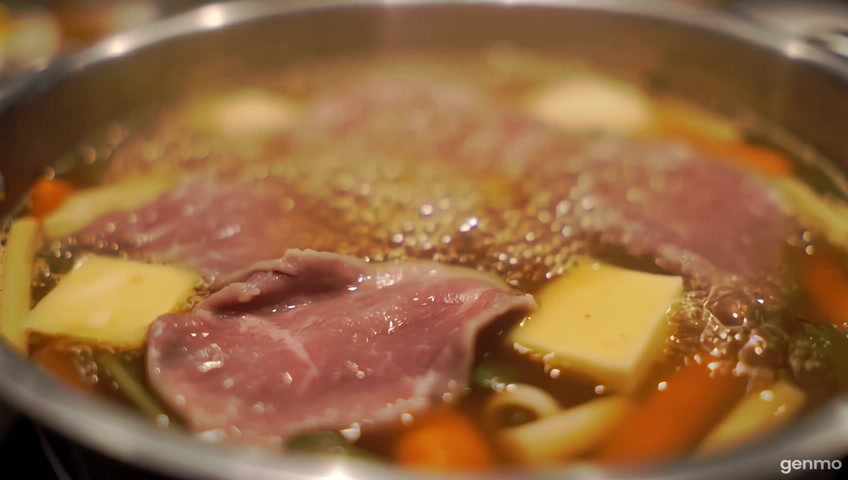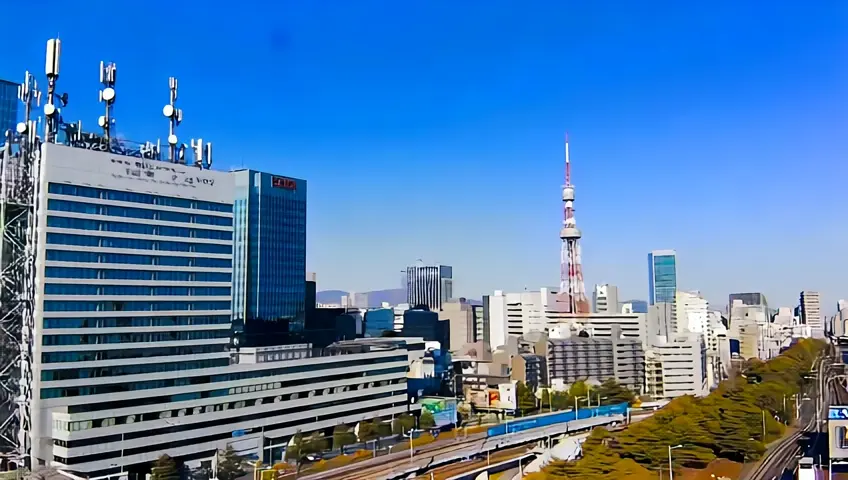Ronyruizsan73mo ago
Loading...

Prompt
Conclusion: Sukiyaki is much more than a Japanese meat stew. It is a dish rich in history, symbolism, and human warmth, representing Japan's transition to modernity while preserving traditional values of togetherness and respect. Its global popularity is a testament to the universal appeal of Japanese cuisine and its ability to bring people together around the table.
SeedN/A
